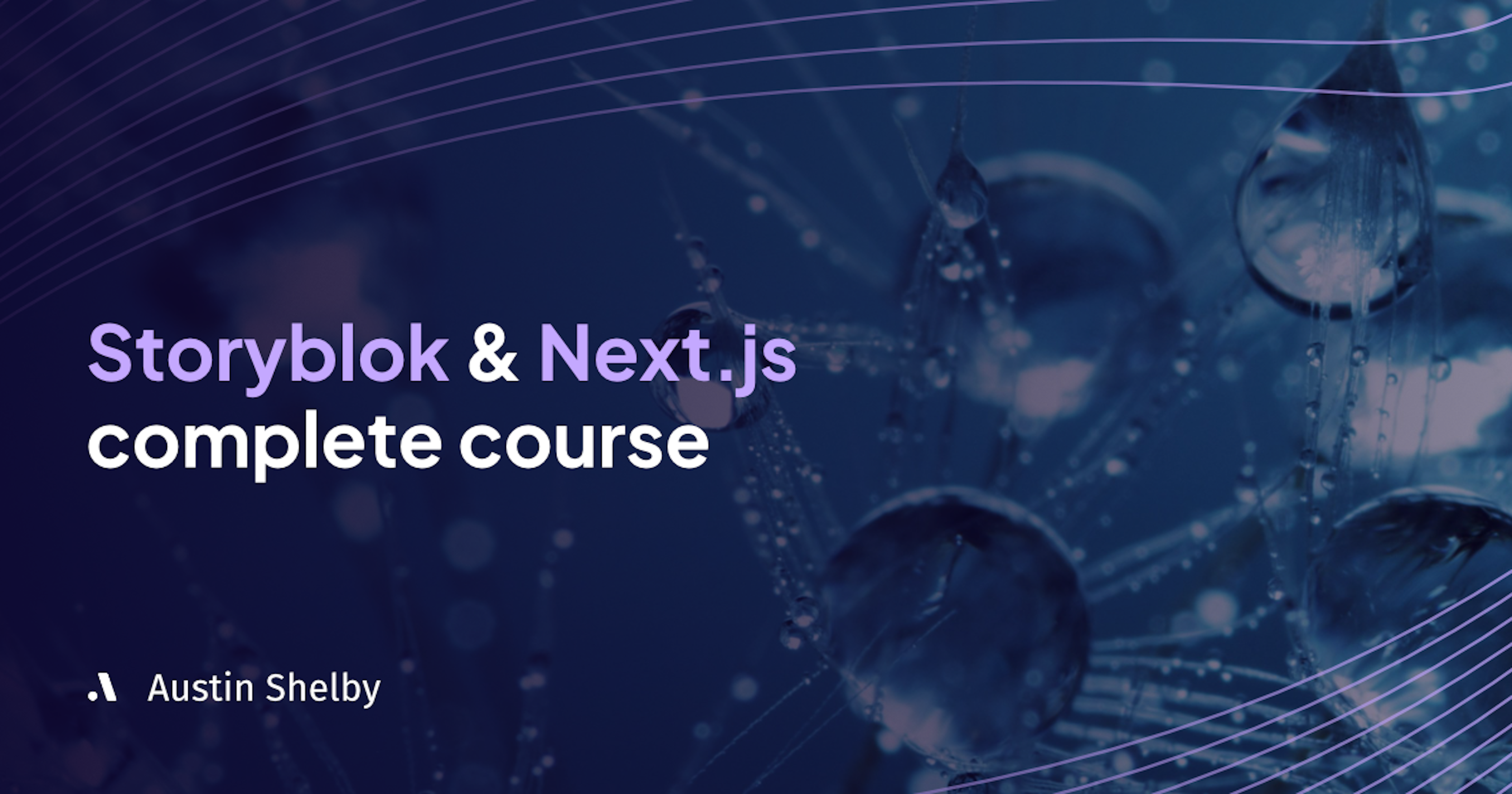Build a high-performance website with Storyblok and Next.js: complete tutorial
Build a dynamic, content-driven website with Storyblok and Next.js in this step-by-step video tutorial.
Published October 2, 2024 (Updated October 2, 2024)

Looking to create a visually stunning, high-performance website using modern technologies? Whether you're a beginner or an experienced developer, this comprehensive tutorial will guide you through building a dynamic travel website using Storyblok’s powerful content management system (CMS) and Next.js. By the end of the tutorial, you’ll have built a fully optimized, responsive site ready for deployment.
Storyblok's headless CMS offers a flexible and scalable approach to content management, allowing you to separate content from presentation. Combined with Next.js, a powerful React-based framework, you can build fast, SEO-friendly websites that deliver an excellent user experience.
This video tutorial is perfect for:
Developers looking to improve their front-end and CMS integration skills.
Anyone interested in learning how to build high-performance websites optimized for SEO and performance.
Beginners and intermediate developers curious about working with Storyblok and Next.js.
Course contents
This tutorial walks you through the entire process of building a content-driven website, breaking down complex concepts into easy-to-follow steps. Here’s what you will cover:
Introduction
You will start by configuring your development environment. This includes installing Next.js for your framework, TailwindCSS for styling, and Vercel for easy deployment. Setting up this robust environment will allow your project to scale effortlessly, accommodating the rich content you’ll manage through Storyblok.
Content modeling
Storyblok’s block-based approach to content management gives you flexibility in structuring your website. You will create and define content blocks—such as text, images, and rich media—and add various fields and validations. This hands-on experience will help you design flexible content models that cater to different types of content on your website.
Integrating Storyblok with Next.js
You will learn how to integrate Storyblok's API with Next.js to fetch and display dynamic content. The tutorial will cover key concepts like API keys and Storyblok’s JavaScript SDK. You will also dive into Next.js caching strategies and learn how to fetch data efficiently in server components, optimizing the website's performance.
Understanding Storyblok's visual editor
Storyblok’s visual editor is one of its most powerful features. This user-friendly tool allows content editors to preview changes in real time, eliminating guesswork and streamlining the content creation process. You will learn how to fully utilize this editor to manage your content while previewing new updates using Next.js's draft mode.
Image optimization
You will explore image optimization techniques to ensure your site loads quickly without compromising quality. This section covers resizing and compressing images using Storyblok’s image API and integrating the Next.js Image component. Additionally, you will create a custom Storyblok image loader to manage your images programmatically, reducing file sizes and improving user experience.
Deploying your website
Deployment is a key aspect of any web project. You will learn about Next.js's different rendering strategies, including static generation and server-side rendering, to deliver optimal performance. The tutorial covers how to push your code to GitHub and seamlessly deploy your site using Vercel. You will also set up environment variables and integrate Vercel with Storyblok to trigger automatic builds whenever new content is published.
Conclusion
This course not only teaches the technical skills needed to build a dynamic website but also highlights the strategic use of Storyblok as a headless CMS. By separating content from presentation, you gain flexibility and control over your site, ensuring it can evolve with your audience's needs without the need for extensive coding changes.
One of the key benefits of using Storyblok is the empowerment it provides to content editors. Once the website is set up, editors can manage and update content independently through the visual editor, reducing the need for constant developer involvement. This collaborative approach ensures a smoother workflow between development and content teams.
